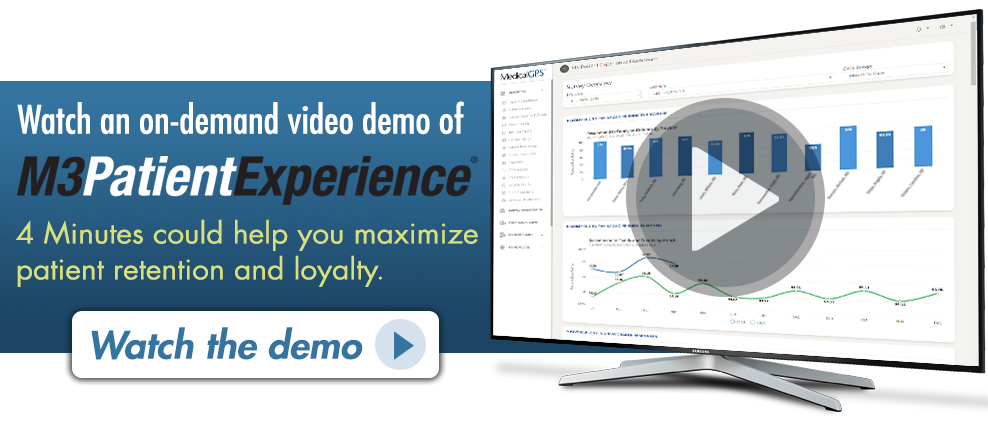 What if there was a way to improve healthcare quality and safety, reduce healthcare costs, and increase patient engagement? What if this solution was relatively inexpensive, and had very few downsides? Many believe that transparency in healthcare is the answer and that if it were a drug, it would likely be a blockbuster. Yet, today transparency is one of the most underutilized strategies in healthcare improvement.
What if there was a way to improve healthcare quality and safety, reduce healthcare costs, and increase patient engagement? What if this solution was relatively inexpensive, and had very few downsides? Many believe that transparency in healthcare is the answer and that if it were a drug, it would likely be a blockbuster. Yet, today transparency is one of the most underutilized strategies in healthcare improvement.
What is Transparency in Healthcare?
Transparency is defined as the uninhibited flow of information that is open to the scrutiny of others. It involves the free flow of information across four domains: transparency between clinicians and patients; transparency among clinicians themselves; transparency between health care organizations; and transparency between health care organizations and the public.
Why is Transparency Important in Healthcare?
Many believe it may be the missing key element needed to incur real change within the US healthcare system. How can better transparency help?
- By promoting better accountability
- By improving quality and safety
- Encouraging trust and ethical behavior
- Enabling patient choice
What Are Some Attributes of Transparency?
Just a few of the many attributes of transparency include:
- Transparency is fairly inexpensive – though there are some costs, overall the benefits should outweigh the costs considerably.
- Transparency can serve as an effective tool across all levels of patient care- It can be implemented in both inpatient and outpatient settings, for care across the entire healthcare system.
- Transparency helps improve quality and safety- through increasing trust between providers and patients, by improving communication among clinicians, and by empowering patients with the ability to make informed decisions.
What Are Some of the Benefits of Improved Transparency?
- It enables patients to make more informed decisions based on quality, safety, and cost
- It helps facilitate quality improvement efforts and a better patient experience
- It increases patient trust between clinicians and organizations
- It is an effective tool in providing better continuum of care
What Are Some of the Barriers to Transparency?
Despite evidence of its effectiveness, transparency has been slow to make its way into most healthcare organization’s toolsets as it relates to healthcare improvement. Achieving significant transparency in healthcare is extremely complex and has many barriers including:
- Concerns about patient privacy and integrity of shared data
- Fears about the negative effects on reputation, market share, and finances
- Lack of reliable data and measures for reporting and assessing clinician behavior
- Medical liability
- Lack of training regarding the benefits of disclosure
How Can Organizations Support Better Transparency?
Better transparency in healthcare cannot happen overnight, it requires collaboration on behalf of everyone. Just a few suggestions at the organizational level include:
- Create a culture that supports transparency at every level.
- Continuous and frequent review of safety performance data.
- Allowing patients and their families access to reliable information in the form that is useful to them. (For example- easy access to their medical records.)
- Provide patients and families with prompt information about any harm resulting from treatment, and an apology including fair resolution.
- Provide support to patients, families, and the clinical staff involved in any safety incident.
- Share and adopt best practices from other peer organizations.

References:
http://c.ymcdn.com/sites/www.npsf.org/resource/resmgr/LLI/Shining-a-Light_Transparency.pdf

